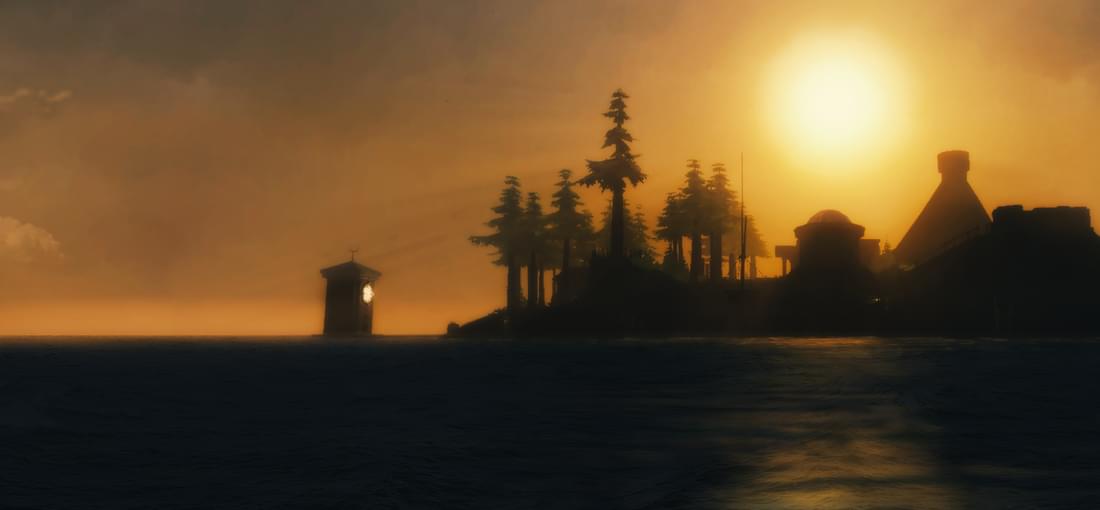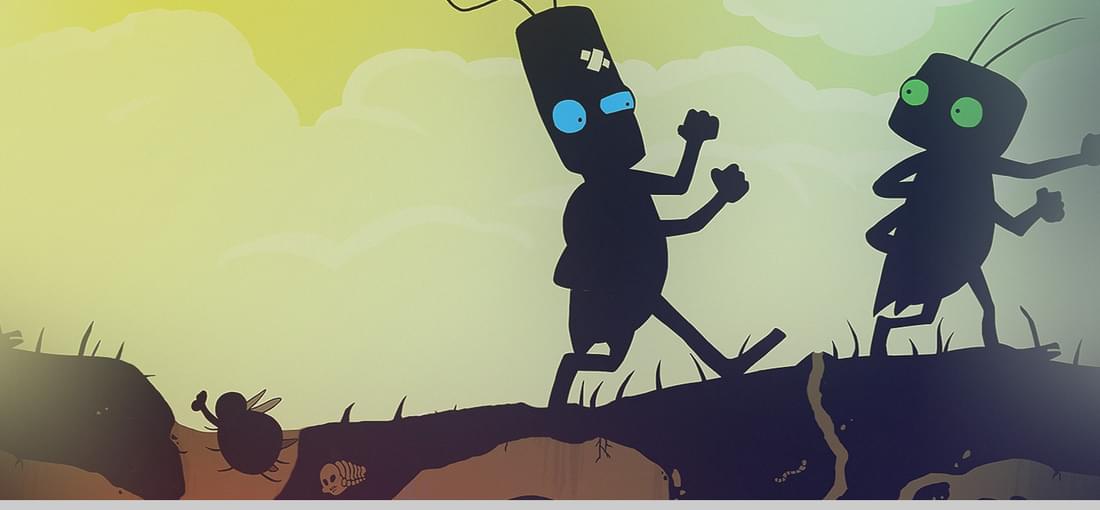

* Subtitles are available for gameplay but not for the long intro video that sets everything up. Guessing they also aren't available at later videos. They are needed. * Wiggle the cursor around until it turns into a hand in some random part of the screen. Click it, Holmes walks to a door in a different part of the screen and goes through it. Want to go back through the same door? I bet you do. Don't know how you do, though. Wiggle the cursor around until you can accidentally find the hotspot for some other door, apparently. * Bizarre camera angle changes during the dialogue trees means I lose even more sense of where I am in this house I am trying to explore. * Boring dialogue trees. * Game opens up in non-primary monitor for some reason, and a number of the configurable settings don't appear to actually be configurable (like the resolution). May have been something fixable there but I don't think it is worth the effort of fixing; after looking at other game reviews, I think I've got the gist of the game.

I grew up on the original Myst and am so fond of that version, and playing this version is so worth it. It's stunningly beautiful. I find myself sometimes just stopping somewhere to watch the day turn to night and back again. I can't recommend this enough.
Critical objects needed for puzzles are not readily discerned against their backgrounds, and finding them is a pixel hunt. Scraping the screen is unpleasant. A pattern of this stuff makes timed puzzles unpleasant, and these timed puzzles were already so. Goals were unclear more often than not, and environmental hints were reliably disorganized. For a spoiler-free example, a scenario where an environmental hint said something like 'that won't get the smell in the other room' and that's how I figured out, since there hadn't been anything indicating a current smell, that I needed something with a smell AND whatever it was that would get the smell in the other room. Some objects seemed like they were supposed to provide important information or story or something and they just didn't. Solving puzzles rarely felt rewarding, just relieving that I could continue on to something else happening, so I pretty quickly moved to using a walkthrough anytime I wasn't sure of my current goal: it wasn't worth wandering around hoping I'd come across something. The pacing of puzzles vs story is bad, and the interface design is terrible -- make sure to look up the manual, which is not included in this version on GOG. To save, press F5. To load a save game, press F7. To bring up the inventory, move the cursor to the bottom of the screen, and then curse a whole lot at the presence of important hot spots at the bottom of the screen. To quit, press Alt + Q, or bring up the inventory, click the crossed tools button, click the red X button in this new menu, and when it asks if you want to quit, click the red X again, NOT the green arrow button that looks like a symbol for 'continue with the quitting thing'. Don't press escape, which sometimes causes the game to crash. Also, content warning for incest. The art is nice, the story has interesting things it is trying to do, and the puzzles are sometimes a little different. Nothing is particularly successful but it's not a disaster.

The story's fun, the puzzles are largely satisfying to solve, and the game made pleasurable use of three-dimensional movement. My only real qualm is the price -- at 14.99, I think I'm used to a noticeably longer game than this one. Get it on sale if you can, but if you pay full price, it's going to a team that earned it -- a solid piece of creative work.
I liked the worldbuilding and kept playing for that alone. The puzzles were sometimes rewarding, but all too often I found myself trying every interactable on every other interactable. Too many puzzles demanded a sequence of actions that made no sense, and unlike Day of the Tentacle-type puzzles, random experimentation was not rewarded. If you take objects which are part of the same puzzle and combine them incorrectly the game will sort of give you hints, and if you combine anything else the game will suggest that you're combining stuff randomly, which would be funnier if I didn't feel so compelled for so much of the game to combine stuff randomly. The story also heavily relies on some weird straight people are awful to each other stuff, and ends on a creepy rapey note in which the main dude character kisses the main lady character while she's turned into stone, and once de-stoned she hits him for it, and he says it was worth it so he could kiss her, so that's a few things. Basically, three stars for some great worldbuilding, some good puzzles, and a lot of potential. I hope the game designers can put their creativity toward something that is better to women.
I liked that this game didn't lose the darkness from the first -- it actually gets wonderfully darker -- and I found the Harvey mechanics in this game very interesting and better used than the Harvey mechanics in the first game. In place of the heart that Edna brought to the first game, though, we get some vicious saccharine bitterness through Lilli. I really appreciated that bitterness, and although I initially disliked the narrator as a replacement for Edna's narration, I wound up enjoying how the narrator and Lilli played off each other. Still, it's a lot harder to drive a game with bitterness than with heart, and if you don't have some bitterness in your own heart this game just may not work for you. This particularly hits hard at the characters, who are similarly shallow to those in the first game (many were present in the first game too). Where the first game added value to these shallow characters through Edna's compassion and capacity to engage with them where they are at, in this game the NPCs are mostly just environmental objects to interact with. That works for the story they're telling here, and for the bitterness angle, but it's a harder story to drive and the game suffers some for it. One of the biggest changes from Breakout to this game is the loss of rewarding of experimentation. Probably after the first game the designers decided to never again create a unique response for nearly every single possible way to interact with or combine objects and the environment, but that was one of the shining lights of the first game and its loss in this game was significant. I'm glad I played both, but if I could only play one, it'd definitely be Breakout.
This game was pretty delightful. The story is kinda wonky and the characters are generally shallow. The puzzles are sometimes very frustrating to figure out, and sometimes unintuitive, but usually I could look back on the puzzle in hindsight and understand how it worked. Where the game shines is in Edna's responses to the world around her. Most obviously, this comes through in the puzzle design: you can try just about anything on just about anything else and get a unique result or response from Edna that is entertaining and usually also hints as to whether or not it's actually a step in the right direction or just a silly thing you can do. These are game designers after my heart, here. This also helped to make up for the underused game mechanic of Harvey's ability to help Edna gain special skills: this mechanic was underused to the point that it seemed a little jarring when it actually was used. Unfortunately, to access this mechanic, you kinda have to try using Harvey on everything, and his unique responses just weren't a interesting as Edna's. Ah well. But also, Edna interacted with the stereotypical crazies-in-the-asylum NPCs in a way that was so compassionate and humanizing and wonderful that I actually couldn't tell whether the game developers actually held those stereotypes about people with mental illnesses or not, and kinda didn't care. I loved engaging with this brightly-colored world through Edna's eyes. I agree with the other reviewer that this is probably better to play in German. I'm a native English speaker and played the game in English; the minor translation errors weren't show-stopping, but I was glad that my smattering of German clarified them.